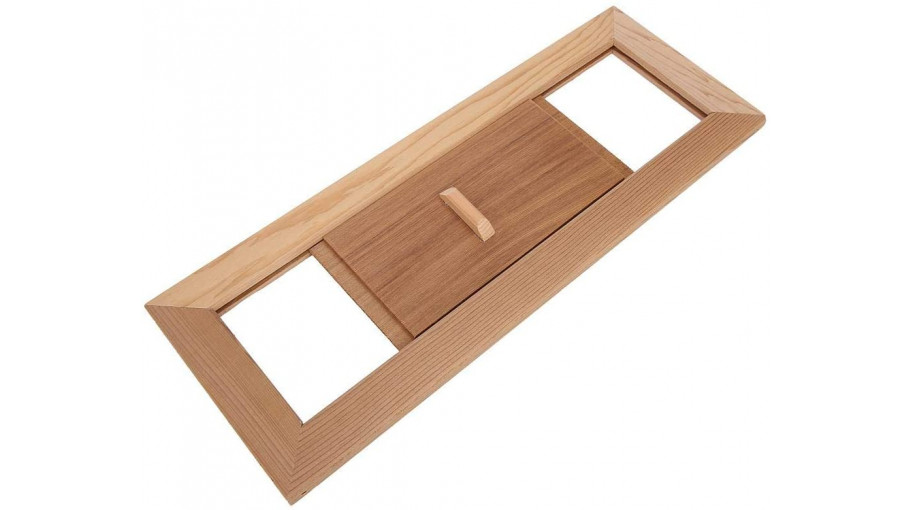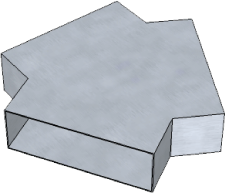Sauna ventilation: its importance and principle of operation

 A sauna heater and sauna ventilation are two main components in the sauna, so these are first things you will need to figure out if you are planning to install your own sauna. Both are necessary for the installation of a quality sauna. If you have already chosen a sauna heater, you will have to ensure that your sauna is well ventilated. There are few important things to know about installing a well ventilated sauna.
A sauna heater and sauna ventilation are two main components in the sauna, so these are first things you will need to figure out if you are planning to install your own sauna. Both are necessary for the installation of a quality sauna. If you have already chosen a sauna heater, you will have to ensure that your sauna is well ventilated. There are few important things to know about installing a well ventilated sauna.
Advantages of sauna ventilation
First of all, it is very important to understand that if the sauna room is not ventilated, or not well ventilated, it is not only unpleasant, but also dangerous to your health. In the absence of oxygen, dizziness will occur. That is why you have to make sure that your ventilation is properly installed. Surely, this is not the least reason to have a well ventilated sauna.
Moreover, when the sauna is not in use, well installed ventilation will help to ensure that it is supplied with fresh air and remains dry. When the sauna is heated (regardless of whether a wood-burning or electric sauna heater is used), a proper ventilation system helps to supply the sauna heater with the oxygen needed for good wood burning (if a wood-burning stove is used) and convection (if the sauna has an electric stove).
Similarly, by supplying oxygen in the process of basking, well installed ventilation helps to remove sweat from the air also, this ensures easiness of breath. In addition, when basking is over, it helps to remove moisture and dry the wood faster and more efficiently. Thus, it is obvious that sauna ventilation is necessary for every sauna.
Operation of sauna ventilation
Hot air goes up as it is lighter than cold air, so when the temperature becomes very high, there is also a much larger difference in air weight and then the air flow starts to move more strongly (air movement inside the sauna, to the sauna and from the sauna).
Air circulates in a circle inside the sauna. First the air rises from the sauna heater, then it gives off heat, starts to descend on the other side of the sauna, returns to the sauna heater and warms up again. The air moving into and out of the sauna has to change at least 10 times per hour. It is therefore important to ensure that the air supply and vents are installed on different sides of the sauna. In such cases, care is usually taken to ensure that fresh air enters the room through a vent above the stove located approximately 10 cm from the ceiling so then the cooled air is extracted from the sauna room on the opposite side of the sauna where vents are installed to the floor. This helps to ensure efficient and smooth ventilation of the sauna room.
If you are having any questions about sauna ventilation and wondering what you should choose to ensure your sauna is well ventilated, we suggest you contact us and we will help you make the right choice.
 (7).png)